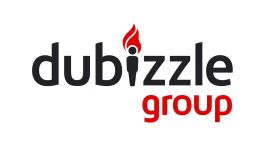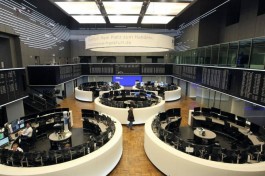Oil prices rose after falling more than 2% on Tuesday, as an industry report pointed to a significant draw in U.S. crude inventories and rising tensions in the Middle East.
Brent crude rose to around $81 a barrel, while West Texas Intermediate crude remained below $79. The American Petroleum Institute reported that inventories fell by 5.2 million barrels last week, according to people familiar with the data. That would be the seventh straight weekly decline if confirmed by official figures due Wednesday. Levels remain below seasonal averages.
Yesterday’s selloff pared this year’s gains and came as the International Energy Agency pointed to a global surplus in the fourth quarter if the OPEC+ alliance follows through on plans to restore output in October. The Organization of the Petroleum Exporting Countries also cut its forecast for global demand for this year and next, citing downward revisions to its forecast for China.
However, there is a small chorus of voices saying that Brent futures still have room to run. Citigroup analysts pointed to geopolitical and weather risks, while Goldman Sachs Group Inc. said financial demand for crude derivatives should rebound from last week’s record low. Both banks say Brent could rise to the mid-80s.
Elsewhere, there is still a risk that a retaliatory strike by Iran on Israel could send oil prices soaring. The United States has said the attack is becoming more likely and could happen this week.



































